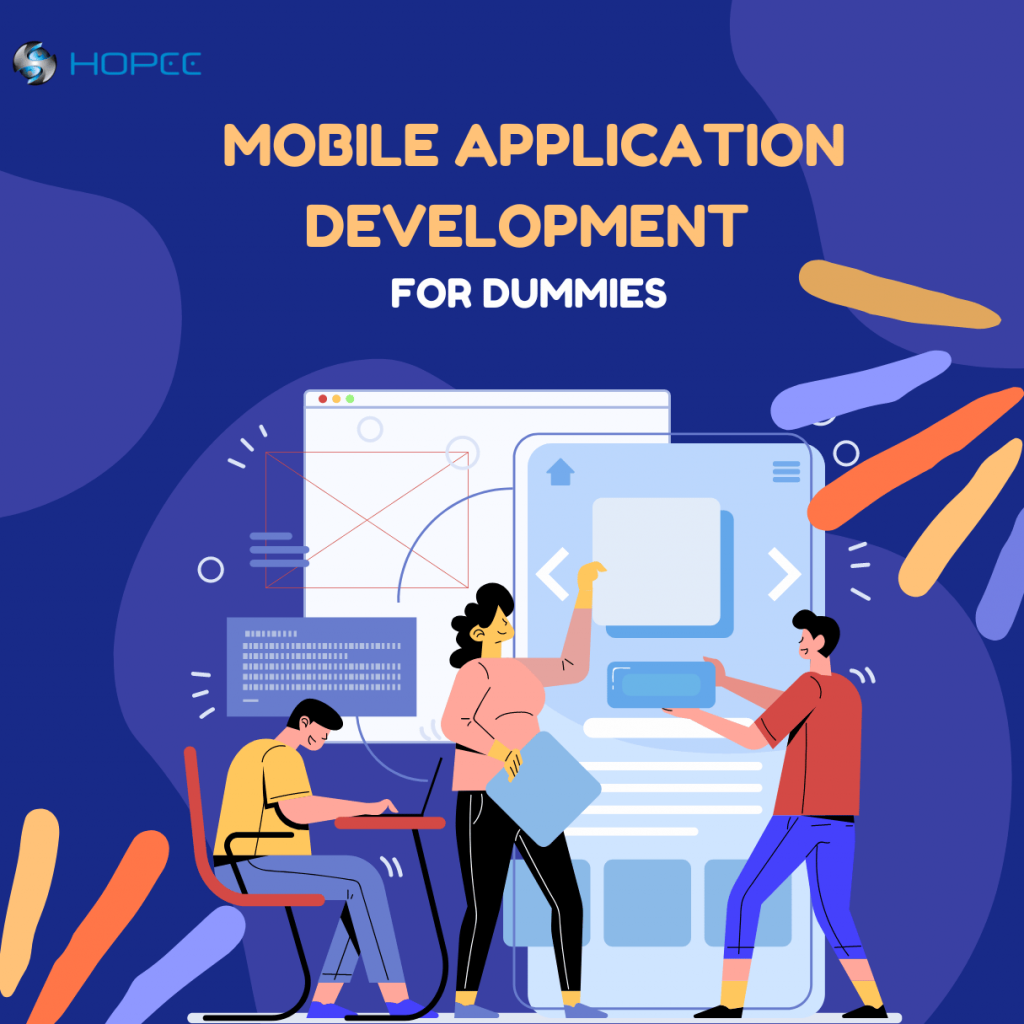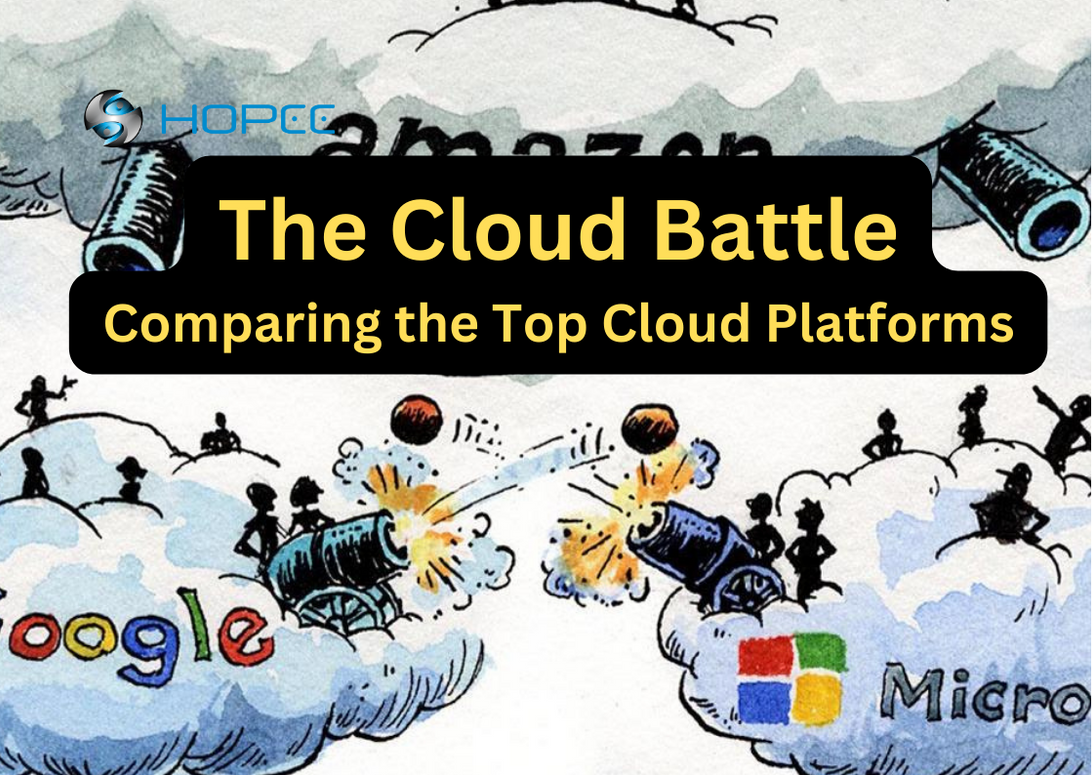Mobile application development is the process of developing software applications that operate on mobile devices. A typical mobile application uses a network connection to interact with remote computing resources. This article shows you how to build your own app through 7 basic steps.

1. Have an extraordinary idea – or any kind of idea for a mobile app
It all begins with a simple idea. Every successful software and solution started with a straightforward concept. The greatest strategy is to teach oneself to consider problems and appropriate solutions for them on a constant basis. If the issue is recognized, a solution will be simple to locate.
One can develop an idea by learning the causes of the issue, then the solutions offered by others. The Euréka moment initiates the proposal for a bugging problem, which can be solved by your app.

Your proposal should respond to the following queries:
- Can the issue be fixed?
- What might the issue’s resolution be?
- Is the solution correct and practical?
2. Conduct competitive market research
Make sure your idea isn’t already on the market by conducting research. You don’t want to create your own app just to discover that one already exists that is similar to it, making your app less original than you had intended.
Ensure that your app approach is exclusive to you or your business and convenient for your intended audience. Ask around to see if your friends, relatives or business partners would be likely to use this product. If someone else has already developed a similar app, don’t throw away your idea. You can still create something with revolutionary features.
Before getting into work, check out the competition for business-specific applications to get a sense of how your app will compare to others that are available on the market. You should gather the following information from your competitors:
- Are these apps being used by anyone?
- What percentage of consumers currently utilize these apps?
- What do users like and dislike for this software?
- What are the apps’ features and capabilities?
- What adjustments have been made, and how have these programs altered over time?
- Difficulties encountered by the developer throughout evolution.
3. Outline the mobile app’s functionalities and features
Consider the functions you must include in the app, such as:
- Who uses the app the most?
- What aspects of the app are the most crucial?
- Which platform will you employ?
- What are the time, effort, and financial requirements for the entire app?
Choosing the right platform: A technology called the Mobile Application Development Platform (MADP) is used to design, develop, and maintain mobile applications. The platform enables the developer to create, test, debug, and maintain apps across the course of their livescycles.
Think about the following factors before choosing the appropriate platform:
- What kind of app—native or hybrid—are you planning to create?
- Which design principles, such as graceful degradation, multiple codebases, or a single codebase, did you need to put into practice?
- Whether or not you require a third-party library
You must have all the functionality you require for creating the application on the platform you have modified.
Establish the essential app features next. You can create important features that other development teams have overlooked now that you know what the market lacks and what your target users are looking for.
The majority of mobile app developers make smart, user-friendly, customizable, and straightforward mobile apps. List any features that can help your app stand out from the competition in addition to this fundamental framework. Good image resolution, quickness, and simplicity are some essential aspects. All of these elements are necessary for a positive user experience.
There are many different mobile device operating systems available today, but two of the most popular ones are Google Android and Apple iOS, the open source operating system for the iPhone. These two mobile OSes tackle the mobile operating system in distinct ways. Cross-platform functionality, or interoperability with both operating systems, is another feature that should be added.
4. Create design mockups and plan security
A user interface (UI) and UX designer should create a mockup, template, and occasionally a tutorial on what to expect from the app after requirements have been gathered and key features have been identified.
A mockup is a thorough sketch of how the app will look. A mockup typically comprises photographs, the primary layout, and more and adheres to a consistent color palette and typography. A properly constructed mockup ought to provide the development team with an idea of how the app ought to seem and function.
A mockup has several benefits, including:
- enables the design team to change how the app looks.
- It demonstrates them before to the development team starting to code if you’re looking for potential investors.
- outlines the demands placed on the development crew.
Planning security – Make sure the mobile platform and app are both safe by:
- Data that is properly encrypted should be used to protect sensitive personal information that is dispersed across the software of your app.
- Encryption of the local database, cache, or API communication is one of the proper security precautions.
- Application programming interfaces (APIs) are a crucial component of programming development’s backend. Verify that the APIs you utilize for your application adhere to the platform’s verification rules.
- Reliable authentication: Make sure that the program uses the proper user session authorization—or tokens—and cryptographic key management. Each device frequently receives a unique token with a session expiration time.
- Consider integrating mobile-specific security features like tamper-detection software and other third-party applications to thwart hackers in their tracks. Interprocess communication (IPC), for instance, is a safety precaution that permits communication between different programs and systems. Other software and UI security elements that are tailored specifically for Apple and Android can support anti-tampering strategies.
- Continuously checking for possible breaches: Most essential, make sure to continuously test for breaches. Consistently check your code throughout the whole development process. When the program is released, find potential security holes before hackers do.
5. Begin coding
Agile methodology places more emphasis on the development phase, which is when your app’s actual coding is done. It involves creating an environment, programming, testing early on, and testing after installation.
There are three key stages to an iterative process:
- Planning
- Developing
- Testing
Planning: You must complete planning in the development phase for the current iteration is stated first in the planning phase. Each task has a clear definition that includes all relevant information, such as the task’s goal, its prerequisites, and the expected outcome for this iteration.
As you begin coding, there are a few factors to take into account. The front end and back end of coding must come first. Front-end development is the process of creating the app’s “face,” or what the user will see. The code that controls how the program works “behind the scenes” is what back-end development is all about.
Have your team code in a test environment as well. For the software to run successfully, it is essential to set up a suitable test environment. The database server, front-end environment, operating system, and network are all important factors to take into account during testing. Additionally, you can choose a problem reporting method to guarantee precise and detailed test results.
6. Perform multiple performance tests
Quality assurance (QA) is one of the crucial components in creating a successful app, despite the temptation to forgo thorough testing when the project is on a short budget. Due to the intense competition in the app development industry, developers must carry out quality assurance at every stage of the process. By doing this, your team will be able to quickly find any flaws and enhance the software before making it available to users.
Recent figures show that “users discover 44% of in-app faults and for 47% of the apps, testing will take longer”.
7. Launch the app on app stores
The final stage in the development process is to make your app available to users. There are two methods for doing it:
- Your tested API gets put into use in the production environment. Make sure your team has installed the program in a scalable setting, like Amazon Web Server.
- Deploying API on the App Store: To make your app accessible to users, deploy it in the Play Store. Make sure your apps are ready for release by submitting marketing materials, filling out forms for each store, and creating an application description.
The publication of an app is the last step. The rules that your app must go by greatly depend on the app store where you are submitting your application. The standards for apps uploaded to various app marketplaces vary.
Only the Google Play Store or the Apple App Store should be the developers’ primary emphasis. Because your team only needs to create one app, concentrating on a single platform can streamline the app development process.
However, creating an app only for Apple or Google Play may restrict your audience. While creating a cross-platform software ensures strong visibility and the potential for additional users, both app stores have limitations.
Instead of building your own mobile app, a lot of people and companies are now turning to a new solution, outsourcing to offshore IT companies. HOPEE is proud to be one of the top IT outsourcers in Vietnam, with 7+ years experience in building mobile applications.
HOPEE provides you with excellent products and reliable services, with an affordable. Contact us now and let’s make something great together!
Read more of our success stories and other hot topics in tech such as ChatGPT, Layoffs, etc.




